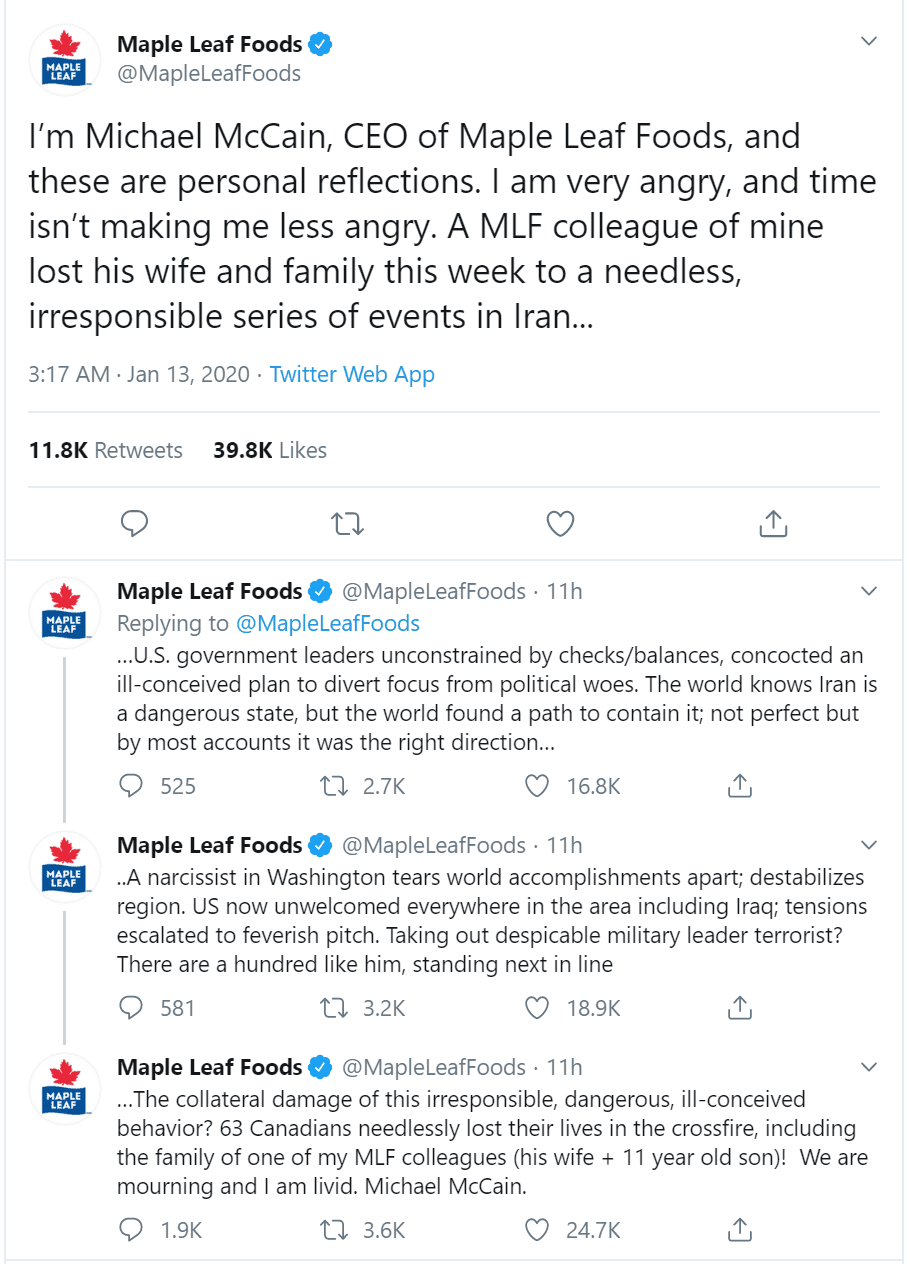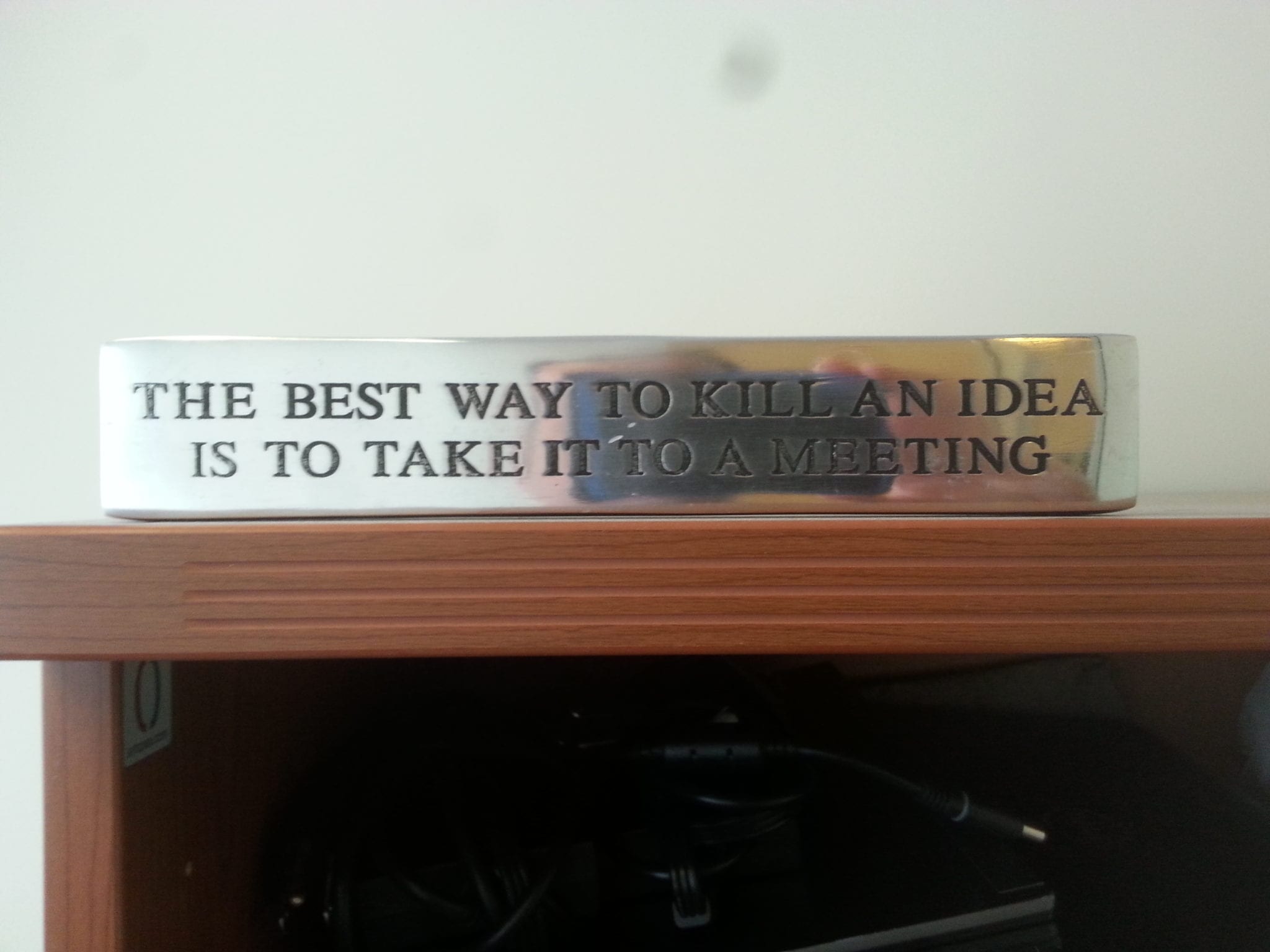Last week I was a guest on a marketing and advertising panel for 11th and 12th grade students during “career week” at Fenway High School in Boston. (Go Panthers!) People from a variety of fields talked to the students about their workforce experiences and answer questions about their professions.
I was the only nonprofit person on the panel but because business and nonprofit marketing have so much in common, the conversation flowed smoothly. We discussed personalization, storytelling, segmentation, planning in advance for product launches/campaigns and more.
But in the middle of the panel, the moderator, a Fenway teacher, asked me the following question in order to clarify for the students: What is the difference between a for-profit and nonprofit?
Took me a sec to answer. I wondered to myself if the difference between the two wasn’t obvious. One sells products, one sells a good feeling I almost heard myself say. I gave a more in depth and nuanced answer than that.
I did mention that there’s a lot of overlap. What I didn’t mention (not the right forum but this is!) was how much the nonprofit world could learn from the business sector.
Four Lessons From For-Profits
Most of my career has been spent in the nonprofit trenches but I’ve also worked in the business and hi-tech sectors. I’ve worked with small businesses, brand new startups and large companies that had tens of millions of users. From the inside I’ve seen the good, the bad and the ugly.
Should nonprofits be run like a business? Yes and no. Over the last few decades, we’ve seen some horrible, ugly business practices that have ruined the lives of so many. But for-profits can also be a source of learning and imitation for nonprofits.
Let’s look briefly at four business practices nonprofits should adopt:
Long-Term Planning
Stop rolling your eyes. It’s the reason why so many nonprofits are constantly chasing their tail instead of furthering mission impact and servicing more people in their community.
Let’s make this simple: Does your organization have a fundraising and marketing strategy with clear short and long-term goals? Does your website and email mobilize people to take action? Do you plan your online content in advance using a content calendar?
And the one that drives me nuts: When do you start planning your year-end direct mail appeal? Year-end comes at the exact same time every year and yet if you talk to copywriters, they receive a major influx of “please help us” emails between mid-November and early December. WHY?!
Long-term planning and strategizing saves a lot of headaches later and doesn’t cause everyone to feel like they have too much on their plate and they’re spinning out of control.
I know that plan is a four-letter word but it’s one of the GOOD four-letter words!
Competitive Salary
I know, here’s where I lose you. “We don’t have money.” “We’re a nonprofit and we can’t have high overhead costs.” “If you want to make money, go work in the for-profit sector.”
I was a CEO, responsible for 60 employees and countless vendors. I get the pressures of having to raise money to pay salaries, keep the lights on and provide quality programming for community members who need it most.
The problem is the scarcity mindset: We’re a nonprofit. We’re not supposed to pay “large” salaries. We live day-to-day, have nothing in reserves and certainly couldn’t afford to pay a competitive salary.
Food for thought I: Fundraisers switch jobs every 18 months. They’re burned out. Overworked. And yes, UNDERPAID! Do you really think people in the nonprofit sector are hopping from job to job because they want to? NO! They need to pay their bills too. The sector as a whole suffers because low salaries mean we’re always looking for the next gig.
Food for thought II: People in my network sometimes ask me if they should leave the nonprofit sector and move to for-profit. The most cited reason for the move? Salary. To which I answer: make the jump. You’ll have money to donate and you can volunteer your time. Plenty of opportunities to do good in the world.
If nonprofits paid a livable decent wage, they might attract people from the business sector to leap on over. But that’s generally not the way it works. And that’s too bad.
Personalization
Ever notice that emails sent to you by your favorite clothing company address you by name? Notice how they know your preferences and send you information regarding new products, sales and the like which would specifically interest you?
That’s because they get to KNOW you as a customer. Sure, as I discussed with the students at Fenway, that can get creepy at times. But the fact is you remain a loyal customer because they know just what you’re looking for.
How many times do you send out a donor thank you letter that starts “Dear Supporter”? You have the donor’s info on record- after all, they donated online or by check- and yet you treat them the same as everyone else.
Here’s an idea: Call your donors to say thank you. No solicitation. During the call, ask them what types of communications they’d like to receive from you (direct mail? Email? Text?) and how often. Know their preferences!
I say that because lack of personalized communications is one of the main reasons why donors stop giving. And if they stop giving, that’s going to affect your…
Retention
The nonprofit retention rate for most of the last two decades has remained an abysmal 40-45%. Let me explain that in terms of 2021: if in 2020 your organization had 10 donors, only four will continue giving in 2021. You now have to scramble to find six new donors to cover what’s missing. And that’s every single year.
Retention is cheaper than acquisition. So if nonprofits would create and plan (there’s that planning thing again) a fundraising and marketing strategy that emphasized retention, they’d be in a much better place.
Businesses are constantly at work retaining current customers. They know (and this applies to the NPO sector as well) that loyal customers have a higher lifetime value. There’s a reason why personalization works so well. The technology exists to make this happen. Now it’s a matter of NPOs being willing to learn about and adapt some of the tactics being utilized by the for-profit sector.
Always Be Learning
As I mentioned earlier, not all for-profit practices should be emulated. But we should be learning from anyone and everyone, whether they’re a nonprofit or not. By refusing to learn from the for-profit sector because “they’re not a nonprofit,” you’re not just doing your organization a disservice.
You’re hurting your service recipients.
I help nonprofits build relationships and raise more funds so they can increase program offerings and assist more service recipients in their community. If your fundraising and marketing need an upgrade, let’s talk! Together we’ll ensure your marketing is helping and improving your fundraising efforts.





